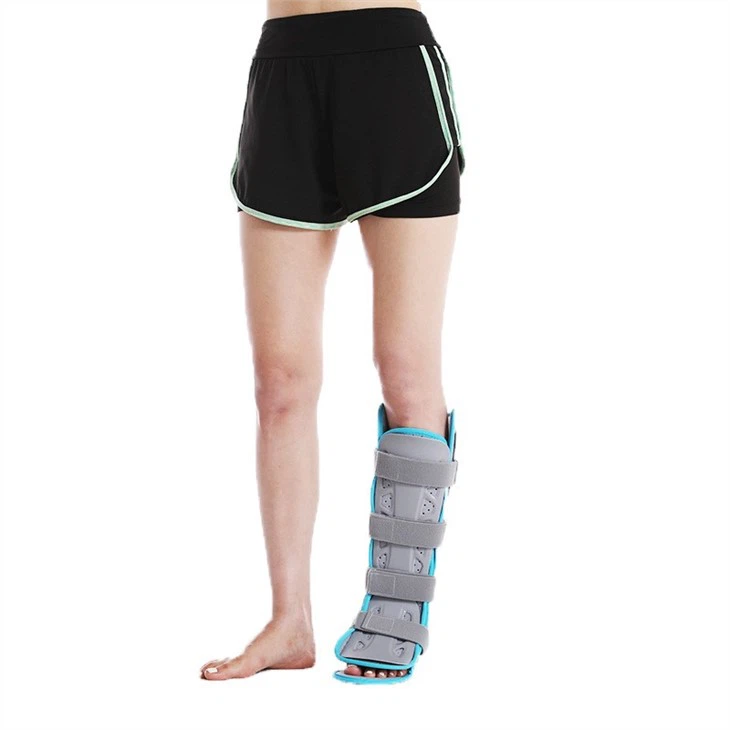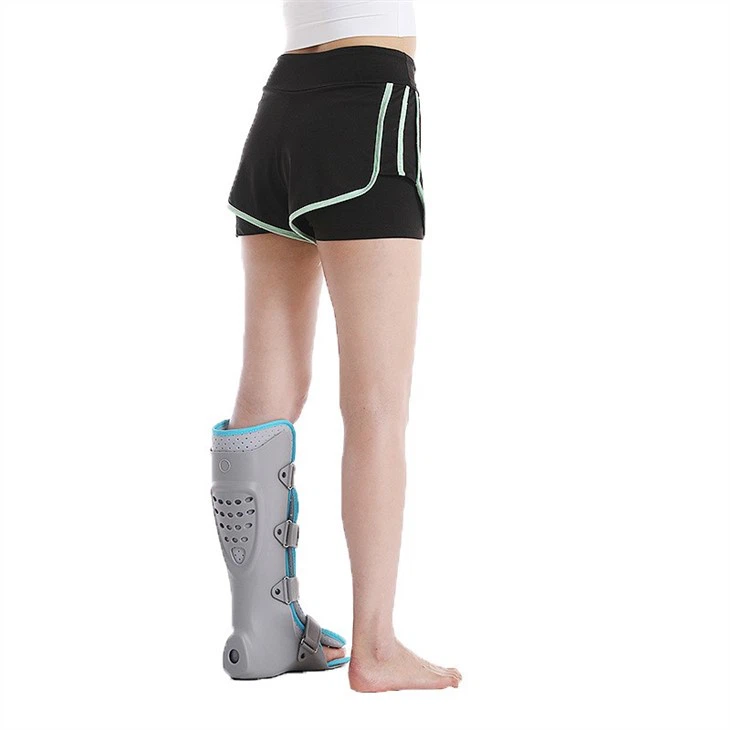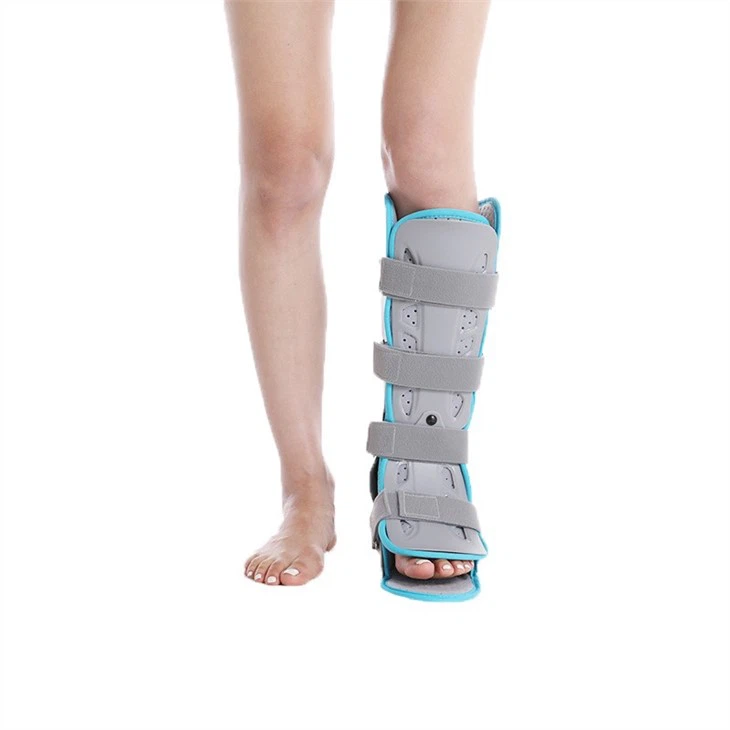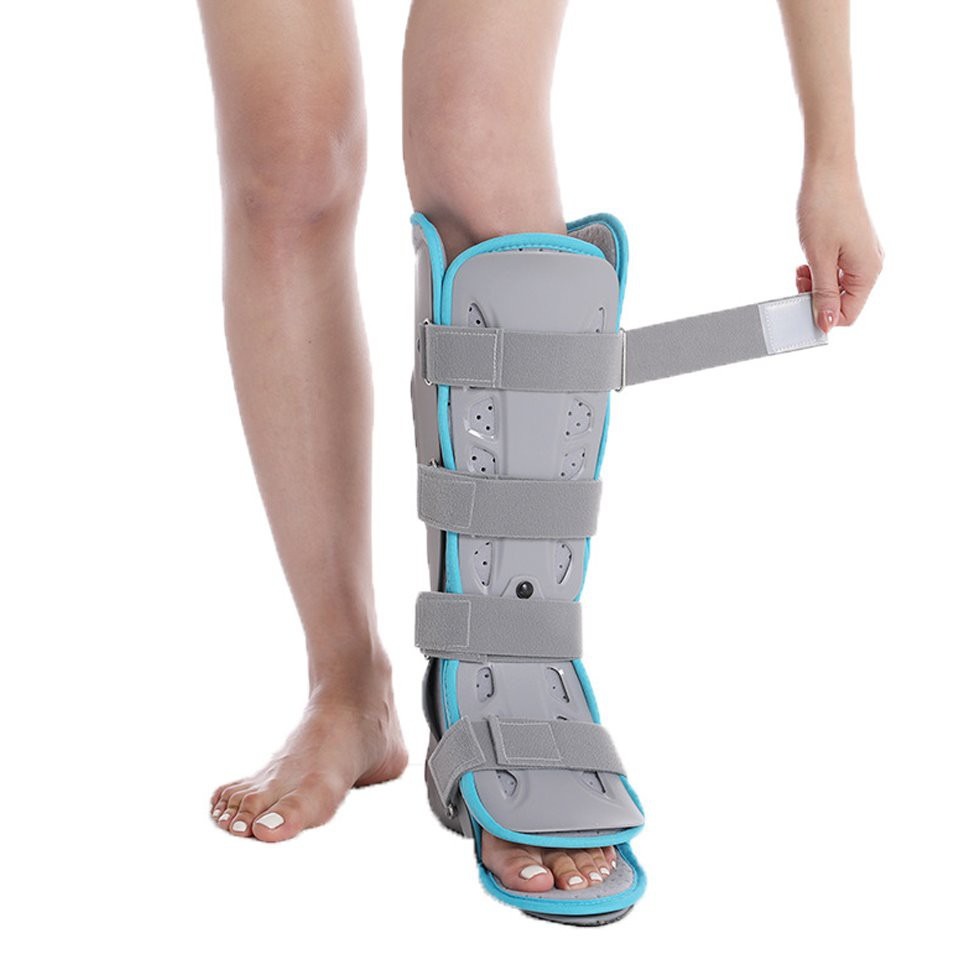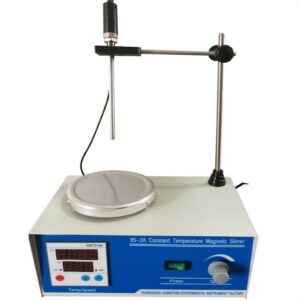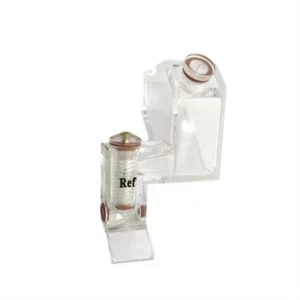Description
Foot rests, as the name suggests, are to hold up the feet. The meaning is relatively simple and easy to understand. The main purpose is to prevent the inversion of the foot and the drop of the foot. They can play a protective and preventive role when the patient is bedridden. They can also play a protective and corrective role, and can help maintain the balance of biological forces.
Feature:
1. Color:Skin
2. Material: Polyester fiber
3. Size:42*29cm
4. Packing:1pcs/bag.20pcs/ctn
5. Application: prevent the inversion of the foot and the drop of the foot

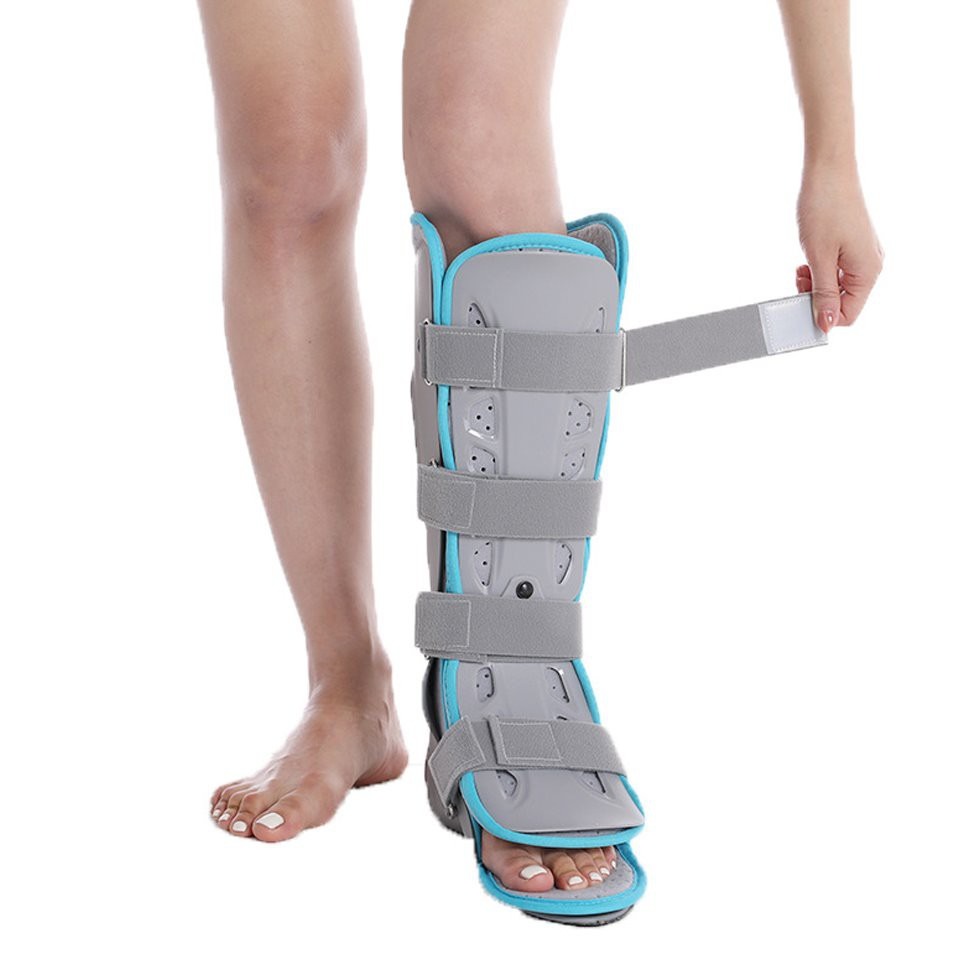
Effect:
Foot braces can have a certain therapeutic effect if used properly.
Foot braces are mainly used for ankle deformity, hemiplegia, cerebral palsy, abnormal muscle tension and other patients and those who are bedridden for a long time. Before the patient can stand, the foot orthosis can prevent and reduce the occurrence of deformity, stabilize the trunk, balance the sitting posture, maintain the normal range of motion of each joint, stabilize the trunk and balance the sitting posture. For patients who can stand, foot orthoses can provide suitable and simple support to achieve an effective balance state. For patients who can walk, proper use of foot orthoses can control joint activities, improve the patient’s walking ability, and can also improve gait.
The relevant clinical manifestations of different patients are quite different, so it is very important to choose a suitable foot orthosis for the recovery of the disease. Relevant factors include the extent and severity of paralysis, the degree of muscle spasm, and the patient’s intelligence and exercise level. The patient must wear it according to the doctor’s request. If the patient is young and has poor self-control, the patient’s family should try their best to restrain them and urge the child to wear it on time, so as not to reduce the therapeutic effect.
How to use the footrest correctly:
1. Before wearing the foot support, you should wear a layer of cotton sweat-absorbing socks on your feet, and change them frequently to keep them clean.
2. Wear shoes outside the foot rest. It is best to choose flat and non-slip shoes, which will help you learn to stand and walk better.
3. The wearing time on the first day is half an hour in the morning and half an hour in the afternoon. Add one hour of wear time each day thereafter.
4. After about two weeks, it can be increased to be worn all day.
5. In any case, after two hours of continuous wearing, you should take off the orthopedic foot support and let your feet rest for 10-20 minutes.
6. After taking off the orthopedic foot support, massage the dorsum of the foot properly to relieve the skin indentation or poor blood circulation caused by the tight strap.
7. Regularly check whether the skin on the site where the corrective force is applied by the orthopedic footrest is severely reddened or skin abrasion.
8. If the skin on the feet is found to be frayed, please stop wearing it immediately, and then wear it after the skin has completely healed and recovered. Colleagues can contact the orthopaedic technician to determine whether modification is required.
9. The orthopedic foot rest needs to be reviewed every three months.
